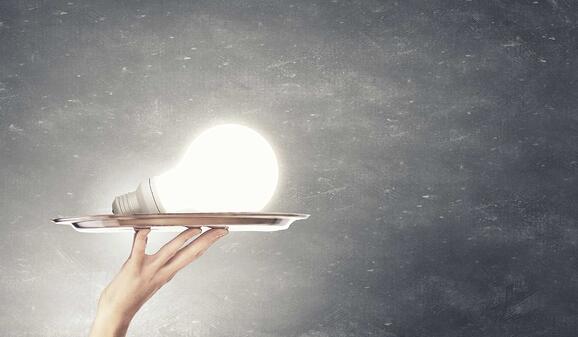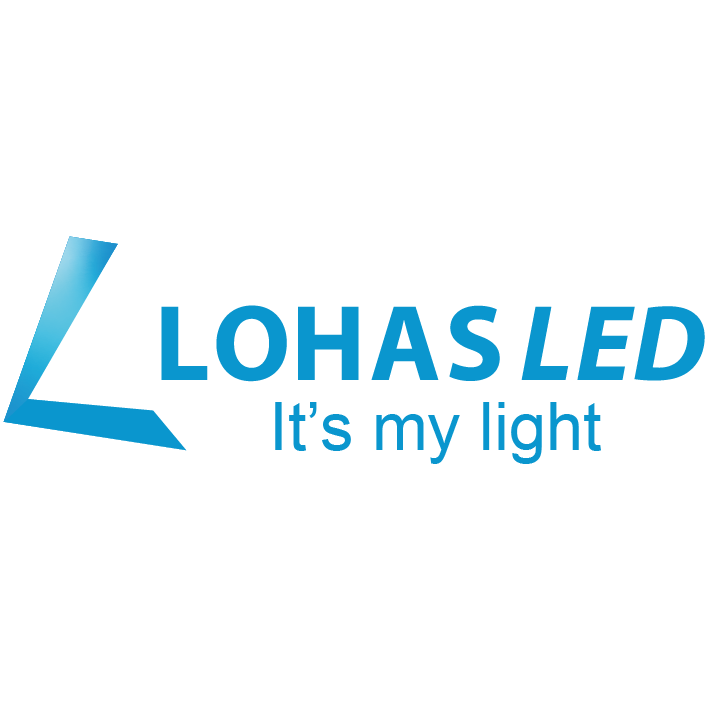Top 7 Benefits of Using LED Light Bulbs
While halogen bulbs are still available to buy, many types are no longer in production, so the time has never been better to switch over to LED bulbs. LEDs are small, solid light bulbs which are extremely energy efficient and long lasting, and this perfectly makes LED bulbs far more rugged and durable than traditional incandescent light bulbs.
Certainly, you must have heard and read a lot about the benefits associated with the energy efficiency of LED (light emitting diodes) versus traditional lighting. But when you compare them to other energy-saving illumination methods that are currently available, you will find that LED light bulbs are definitely the smartest and most power-saving solution for illumination, and that's also why we made this post here. The top 7 benefits of using LED light bulbs over their less efficient alternatives can be read below.

Certainly, you must have heard and read a lot about the benefits associated with the energy efficiency of LED (light emitting diodes) versus traditional lighting. But when you compare them to other energy-saving illumination methods that are currently available, you will find that LED light bulbs are definitely the smartest and most power-saving solution for illumination, and that's also why we made this post here. The top 7 benefits of using LED light bulbs over their less efficient alternatives can be read below.

The Key Benefits of Using LED Light Bulbs:
LED Light Bulbs are Enormously Energy-efficient.
LED Light Bulbs Have a Longer Lifespan.
LED Light Bulbs are Environment-Friendly.
LED Light Bulbs Work Instantly.
LED Light Bulbs Operate on Very Low Voltage.
LED Light Bulbs Have Almost No UV Emissions.
LED Light Bulbs Offer Great Design Flexibility.
LED Light Bulbs Have a Longer Lifespan.
LED Light Bulbs are Environment-Friendly.
LED Light Bulbs Work Instantly.
LED Light Bulbs Operate on Very Low Voltage.
LED Light Bulbs Have Almost No UV Emissions.
LED Light Bulbs Offer Great Design Flexibility.
LED Light Bulbs are Enormously Energy-efficient.
Compared to the incandescent bulbs which lose 80% of their energy as heat and so are only 20% efficient, LED light bulb are packed powerfully with sufficient energy and use up to 80-90% less power than incandescent one. Then, with the cheaper energy that LEDs use than an incandescent bulb do, there is a dramatic decrease in power costs, and thus, the money you dish out every month towards your utility bills. Therefore, money and energy are saved in maintenance and replacement costs due to the long LED life expectancy.
LED Light Bulbs Have a Longer Lifespan.
LEDs have a longer lifespan, which is also the most significant advantage of them when compared to traditional lighting solutions. The average LED lasts 50,000 operating hours to 100,000 operating hours or more, and that is 2-4 times longer than other conventional lights everyone is using right now. Usually, LED bulbs last ten times as long as small fluorescent bulbs and 133 times longer than typical incandescent bulbs. High-quality LED is believed to last up to 7 years, even with constant usage. Then, frequent maintenance and bulb replacement are no longer needed because of the LED life expectancy.
LED Light Bulbs are Environment-Friendly.
LED light bulbs are recyclable and also considered “green”, or earth-friendly. Unlike neon lighting that use mercury that may pose a danger to the environment, LEDs are mercury-free and made of non-toxic materials they use, so they do not have the environmental issues like contributing to global warming as they converts heat energy to light. Additionally, the production of LED makes less impact on the environment compared to the regular lighting most people are using.
LED Light Bulbs Work Instantly.
To solve the issue that halogen lights or low-energy bulbs usually take a few minutes to achieve maximum output, and turning them off and on reduces their lifespan, LEDs are designed to work instantly. LED lights are bright immediately and they can also be turned off and on as many times as necessary without affecting their performance, even over the long term.
LED Light Bulbs Operate on Very Low Voltage.
In many cases LEDs operate on very low voltages. This makes them ideal for outdoor use either - camping, garden rooms, alongside a solar energy source and in remote areas.
LED Light Bulbs Have Almost No UV Emissions.
This, and the fact they produce very little infra-red light, makes LEDs perfect for use in storage facilities and cupboards as they won't degrade stored materials by either UV or heat. LEDs emit the vast majority of their energy in the visible spectrum, a small amount in the infrared spectrum, and virtually none in the ultraviolet portion of the spectrum. This means that LEDs are able to safely and reliably illuminate UV sensitive items like art that will break down and degrade over time if exposed to this type of emission. Museums are using them more and more to illuminate displays without damaging the artefac.
LED Light Bulbs Offer Great Design Flexibility.
Apart from commonly changes of bulb shape and cap base size, LED light arrays can be placed and combined in an infinite number of ways to produce efficient – but also controllable – illumination. Then, the colour, shade, brightness and distribution of light can be controlled to perfection, which makes for not only technically-useful lighting, but also soothing, uplifting or energising mood lighting.
Based on that, many brand has designed led bulbs to various shapes, bases and functions to meet buyers needs, like e12 light bulb, e26 light bulb, dusk to dawn light or color changing light bulb etc.. So, you can fit your entire house out with LED lights, and you'll find it a worthwhile investment after just a year, especially if you buy your lights from LOHAS-LED as they always have great offers going.
Based on that, many brand has designed led bulbs to various shapes, bases and functions to meet buyers needs, like e12 light bulb, e26 light bulb, dusk to dawn light or color changing light bulb etc.. So, you can fit your entire house out with LED lights, and you'll find it a worthwhile investment after just a year, especially if you buy your lights from LOHAS-LED as they always have great offers going.
Apart from that, LED technology also provides many additional advantages over incandescent, fluorescents, and compact fluorescent lamps and lighting devices, making them become the latest and most exciting technological advancement in the lighting industry.
 USD
USD GBP
GBP CNY
CNY SAR
SAR SGD
SGD NZD
NZD ARS
ARS INR
INR COP
COP AED
AED